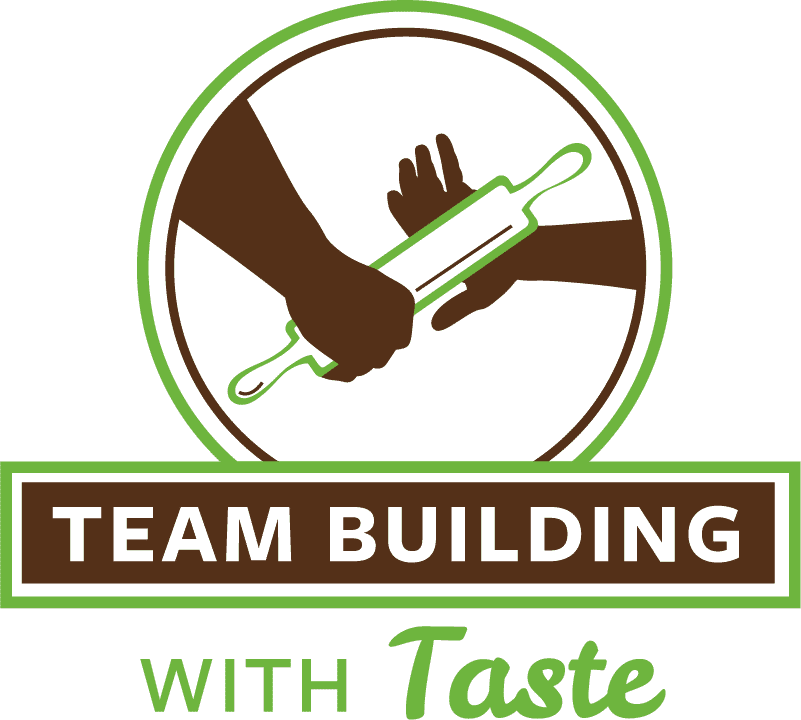Five Differences Between Team Building and a Team Activity

Share this:
Knowing the differences between team building and team activity is important. At Team Building with Taste, we get calls all the time from people who are looking for “team building.” But after a few questions, it becomes obvious that what they are really interested in—and have budgeted for—is a simpler, “team activity.”
What’s the difference?
We consider a team activity to be a group outing to a more standard venue, such as bowling, Topgolf or Paintball. In the words of Jerry Seinfeld, “Not that there’s anything wrong with that.” But you go to those venues for a different reason than you might come to us or another true team building company.
Here are five differences between a team building session and a team activity:
1. The emphasis of team building is on team dynamics more than the activity itself.
Team building focuses on team dynamics. Bowling is bowling. Sure you might mix up the teams and have a few side bets, but the experience of going bowling with your co-workers isn’t much different than if you went bowling with your family. The same is true of Topgolf. To make these venues work for corporate groups, they can’t afford to differentiate the experience from the standard consumer setup. Sure, you get the benefit of being together and having some healthy competition. There is value in that, but you get little in the way of other benefits. For example, there is limited engagement between the folks in lane one and those in lane five.
2. Team building interaction is structured, not left to chance.
 In team building, you want as much interaction and interplay between the participants as possible. People being people, that doesn’t just happen in a team activity. You have to force it. A team building curriculum, like the one designed for Team Building with Taste, forces interaction and interplay at multiple inflection points throughout the exercise. You want as much of that as possible because it increases familiarity, collaboration and trust. If you are taking valuable time away from the office, you don’t want to leave that to chance.
In team building, you want as much interaction and interplay between the participants as possible. People being people, that doesn’t just happen in a team activity. You have to force it. A team building curriculum, like the one designed for Team Building with Taste, forces interaction and interplay at multiple inflection points throughout the exercise. You want as much of that as possible because it increases familiarity, collaboration and trust. If you are taking valuable time away from the office, you don’t want to leave that to chance.
3. Team building is almost always facilitated, team activities usually are not.
Not every team building session has to feature a PhD in organizational psychology, but someone should guide the event to make sure team building objectives are met. It could be as simple as a few hours with a team building chef or an offsite with a team building consultant, but you want somebody that can read the room, create opportunities for team building success and keep everyone moving toward meeting common goals.
4. Team building creates situations that mirror the workplace.
You want your team to focus well in the workplace, not in the bowling alley. So, true team building creates situations that mirror the workplace: like a little bit of stress, resource scarcity, deadlines and other real world facts of life. How your team works together to overcome these challenges in the team building session, likely informs how they will work together in the office or shop floor.
5. In team building everyone “succeeds” at some level.
We recently participated in one of those “escape the room” events that have become very popular lately as team activities. Our host informed us that only about 30% of participants succeed in escaping. Indeed, our lame crew came within one final clue of solving the puzzle. In other words, we failed. Not that team building should be Little League where everyone gets a trophy, but in these exercises teammates should get a sense of satisfaction or accomplishment. That could be making a nice meal, or creating a decent looking plate, or even getting a few laughs from the judges and their co-workers during their “presentation.”

